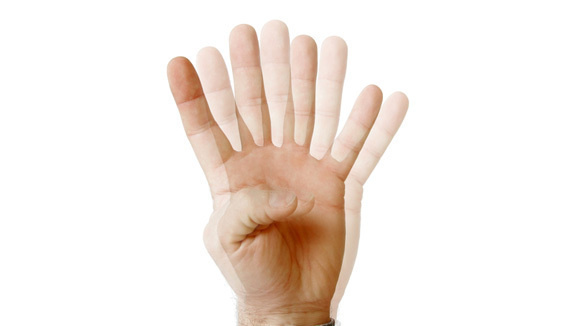Vertigo: Common Causes, Symptoms & Chiropractic Treatment Options. Would You Like To Speak To A Therapist? Call (24/7): 1300-003-777.
Suffering symptoms of vertigo and dizziness can be worrying and effect all areas of your life. It can affect your ability to go to work, play sports and even enjoy the fun things in life. Vertigo and dizziness are subjective terms which make assessing clients quite difficult. One person’s vertigo and dizziness may result in a basic sensation of unsteadiness while another person may experience the whole environment moving. All cases of vertigo require prompt assessment due to the potential of serious underlying disorders. Dizziness is reported as the sensation of a persons external environment abnormally moving causing a feeling of imbalance. Vertigo is a form of dizziness in which someone experiences the sensation of an abnormal spinning motion while they’re stationary. The prevalence of vertigo increases as we age and is clinically seen to affect women more commonly then males. Vertigo is classified as either peripheral or central depending on the location of the causing abnormality.
Central & Peripheral Vertigo
Peripheral vertigo is due to problems with the inner ear or vestibular system. The most commonly diagnosed peripheral vertigo’s are Benign paroxysmal positional vertigo (BPPV) which is closely followed by Meniere’s disease. People suffering from peripheral vertigo generally report imbalance, nausea, vomiting, tinnitus and ear pain. Central vertigo arises from dysfunction of the central nervous system, brainstem or cerebellum. Commonly diagnosed central vertigo’s include cervical spine misalignment and multiple sclerosis. Problems associated with vertigo & dizziness include: headaches, migraines, tinnitus, nausea & vomiting, gait changes, nystagmus & blurred vision, neck pain & cervical spine misalignment and infection.
How Can A Chiropractor Provide Vertigo Treatment?
If following a comprehensive examination that it’s found your vertigo and dizziness is vestibular or musculoskeletal in origin than Chiropractic management may be able to help you. The cervical spine, particularly the upper neck has a large influence upon the integration of vestibular, visual and proprioceptive information. Dysfunction in this area of the spine can effect your posture and balance. Cervical spine dysfunction may be the result of spinal misalignment, disc degeneration and arthritis. There are a variety of techniques that Chiropractors use to help relieve symptoms of Vertigo and dizziness.
- Spinal manipulation is the most recognized therapy that Chiropractors use in practice. Spinal manipulation is the technique that causes the characteristics ‘popping’ noise when a joint is moved. Spinal manipulation involves ‘adjusting’ a specific joint to realign, reposition and enhance movement therefore reducing nervous system interference.
- Specific upper cervical technique (Atlas Orthogonal) is a relatively unknown technique in Australia as only a handful of Chiropractors are qualified. Overseas this technique is extremely popular and has achieved fantastic results with vertigo and dizziness. Atlas Orthogonal is the most gentle of all Chiropractic techniques and involves the patient lying on their side while an instrument is used to adjust the top bone in the neck.
- Joint mobilisation is a gentle form of spinal manipulation that is preferred by some people. Joint mobilisation involves stretching joints to improve movement.
- Gentle Activator methods is another gentle technique that may be used in your individual situation depending upon your presentation. The Activator is the hand held instrument that Chiropractors use to improve joint movement and alignment.
- Specific Vertigo techniques (i.e Epley maneuvre) may be implemented by your practitioner to alter the position of floating crystals within the inner ear. This technique has proved very effective for cases of BBPV.
Chiropractor Vertigo Research
- It appears that manipulative and vestibular physical therapies are best suited to individuals suffering cervicogenic vertigo. Yacovino, D.A. (2012). Cervical vertigo: Myths, facts and scientific evidence. Neurologia.
- Improvements were noted in dizziness, ataxis and visual disturbance in a paediatric patient following specific upper cervical Chiropractic care highlighting its potential benefits as a vertigo treatment option. Willemin, A. (2010). Improvement in ataxia, dizziness and visual disturbance in a child with vertebral subluxations undergoing Chiropractic care: A case study. Journal of Paediatric, Maternal & Family Health, 2; 89 – 94
- Specific upper cervical Chiropractic management is effective for improving symptoms of vertigo following trauma. Elster, E. (2006). Sixty patients with chronic vertigo undergoing upper cervical Chiropractic care to correct vertebral subluxation: A retrospective analysis. Journal of Vertebral Subluxation Research, 1 – 9

